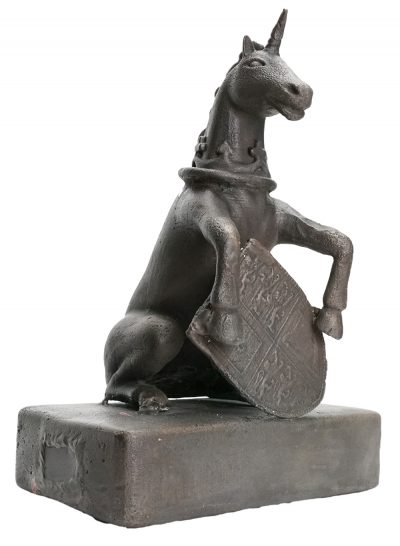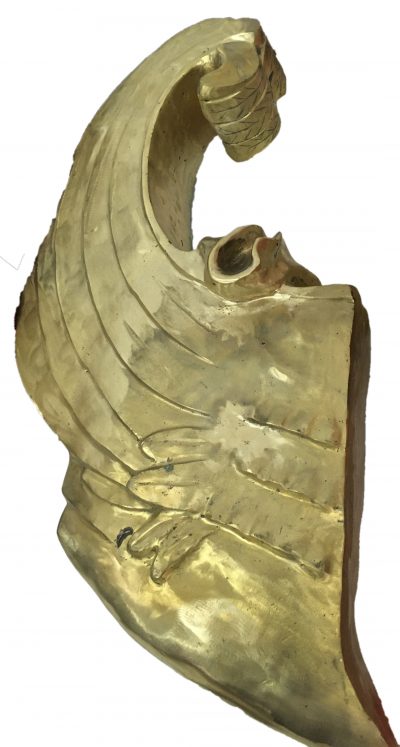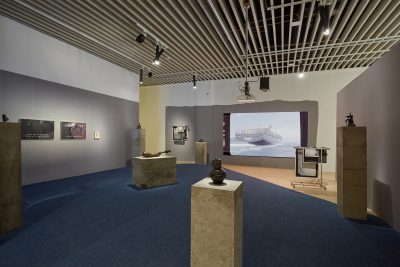The Retrieval, Restoration and Predicament: Bronze sculptures (2018-19)
Brozne sculptures | Dimension varies
The Imperial Japanese Army occupied Hong Kong from 1941 to 1945. In order to satisfy the material needs of total war in Greater East Asia and the Pacific, a ‘metals collection campaign’ was launched on the Japanese islands, to get the public to contribute any metal that could be melted down and remade into weapons, including household utensils, metal components of clothing and footwear, streetlights and lampposts, railings, temple bells, statues of gods and heroes, etc. At the same time, the Imperial Japanese Army confiscated eight bronze statues from Statue Square and two lions from HSBC in Central, Hong Kong. In August 1945, when Japan surrendered and the war ended, the British government of Hong Kong was notified by the Supreme Commander for the Allied Powers (SCAP) that four statues had been discovered: Queen Victoria, two HSBC lions, and Sir Thomas Jackson (Chief manager of HSBC from 1876 to 1902). Two other statues, of King Edward VII and Queen Alexandra, were returned to the UK. The remaining statues were unrecoverable; it is believed that they were melted down during the war.
A portion of the records and primary source materials produced before and during the war were lost in the bombing of the UK and the Japanese Home Islands. In addition, after the Japanese surrendered, they destroyed many files in Hong Kong to keep them from falling into the hands of enemy forces. The original blue-print in London was no longer available due to air raids in WWII. I have therefore tried to reconstruct the lost parts of the statue and the traces of war with photogrammetry and 3D modeling based on different archival sources.












